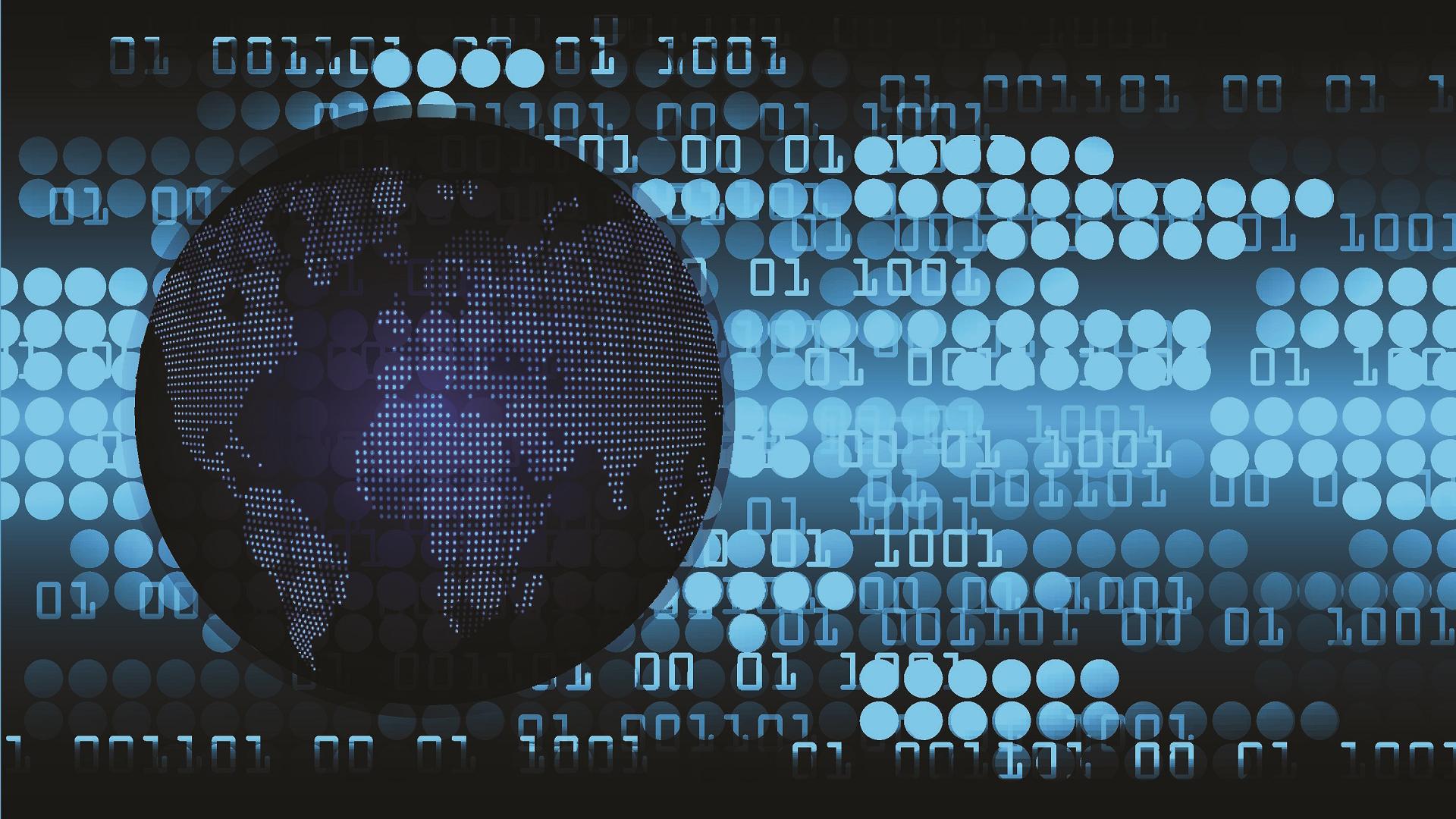Disruptive Technology: Shaping the Future Through Innovation and Transformation
Lydia Sanderson Off More,
In the ever-evolving landscape of technological progress, disruptive technology emerges as a catalyst for radical change, challenging the status quo and reshaping Msnews.us/ industries across the globe. This article delves into the dynamic realm of disruptive technology, exploring its defining characteristics, impact on various sectors, and the paradigm shifts it introduces in our rapidly changing world.
Table of Contents
Defining Disruptive Technology:
Disruptive technology refers to innovations that fundamentally alter existing markets, often rendering established products, services, or business models obsolete. Unlike incremental advancements, disruptive technologies introduce transformative changes, creating new paradigms and reshaping the competitive landscape.
Characteristics of Disruption:
Disruptive technologies share common characteristics that set them apart from incremental innovations. They are often more affordable, accessible, and user-friendly, democratizing access to solutions that were once exclusive or complex. Disruptive innovations also typically start in niche markets before expanding to broader applications.
Tech Evolution Across Industries:
Disruption is evident across diverse industries, from transportation and healthcare to finance and education. In transportation, the rise of electric vehicles and autonomous driving technology is reshaping the automotive landscape. In healthcare, telemedicine and personalized medicine are transforming patient care. In finance, blockchain is challenging traditional models of transactions, and in education, online learning platforms are changing the way knowledge is disseminated.
E-commerce Revolution:
One of the most notable examples of disruptive technology is the e-commerce revolution. Platforms like Amazon have transformed retail, challenging traditional brick-and-mortar stores and reshaping consumer behavior. The convenience, accessibility, and extensive product offerings of e-commerce platforms have disrupted the retail landscape on a global scale.
Blockchain and Decentralization:
Blockchain technology is disrupting industries by introducing decentralized and secure systems. Beyond its application in cryptocurrencies, blockchain is revolutionizing supply chain management, finance, and even voting systems. Its transparent and tamper-resistant nature holds the potential to reshape trust-based transactions across various sectors.
Artificial Intelligence and Automation:
Artificial Intelligence (AI) and automation are ushering in a new era of efficiency and innovation. From machine learning algorithms that optimize processes to robotic automation in manufacturing, these technologies are disrupting traditional labor markets and revolutionizing industries with their ability to handle complex tasks at unprecedented speed and scale.
Challenges and Opportunities:
While disruptive technology brings about immense opportunities, it also poses challenges. The rapid pace of change can lead to concerns about job displacement, ethical considerations, and regulatory frameworks. Navigating the complexities of disruptive innovation requires a balance between fostering innovation and addressing the potential social and economic impacts.
Innovation Ecosystems:
Disruptive technology thrives in innovation ecosystems where collaboration, experimentation, and adaptability are encouraged. Silicon Valley serves as a prime example of an innovation ecosystem that has consistently generated disruptive technologies across various sectors. Cultivating similar environments globally fosters the incubation of transformative ideas.
The Human Element:
Amidst the technological upheaval, the human element remains paramount. Disruptive technology should be harnessed to enhance human experiences, improve quality of life, and address societal challenges. The intersection of technology and humanity is where the true potential of disruption lies, creating opportunities for innovation that positively impact individuals and communities.
Conclusion:
As disruptive technology continues to redefine industries and push the boundaries of what is possible, it underscores the dynamic nature of the technological landscape. Embracing disruption requires a forward-thinking mindset, adaptability, and a commitment to harnessing innovation for the greater good. The journey of disruptive technology is not just a narrative of technological advancements; it is a testament to human ingenuity, resilience, and the relentless pursuit of progress that defines our era. As we navigate this era of disruption, we stand on the precipice of unprecedented possibilities, with the transformative power of technology shaping the future of industries, societies, and the way we perceive and interact with the world.

